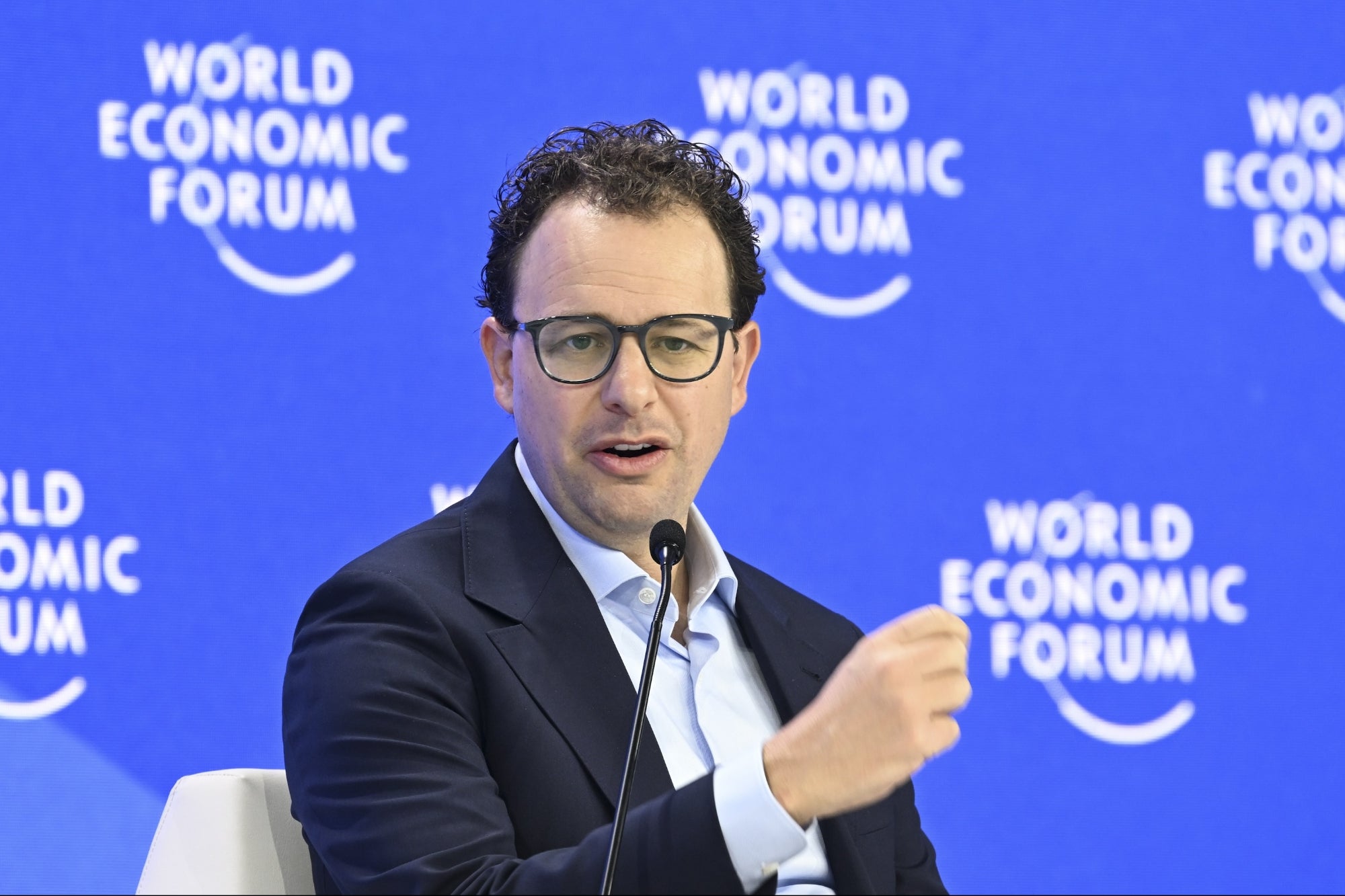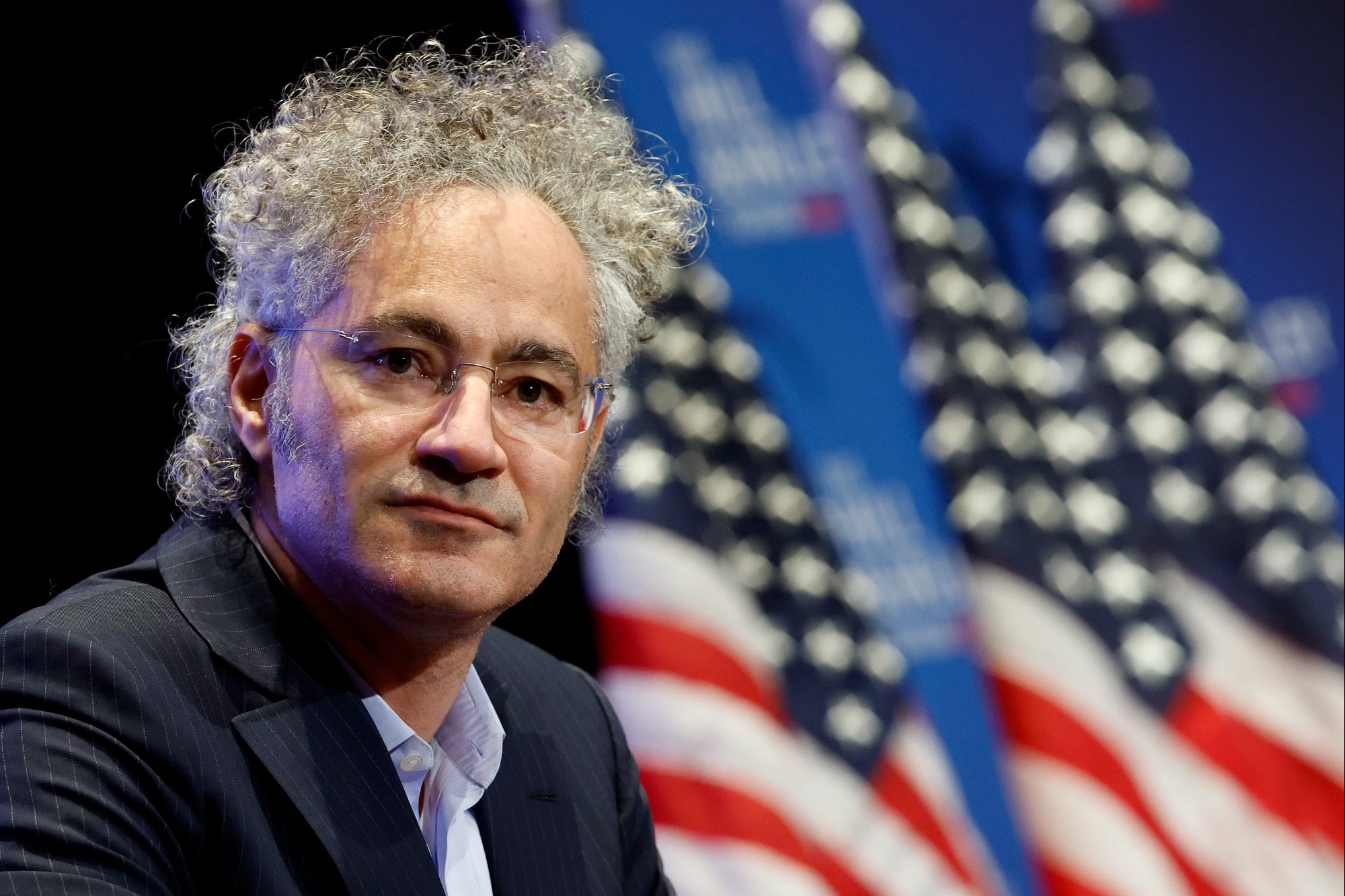Your Company Needs an Executive Communications Plan Prioritize listening to feedback, cultivating thought leadership and creating a speak-up culture.
Opinions expressed by BIZ Experiences contributors are their own.
What do the most accomplished, forward-thinking and resilient companies do to ensure success?
They consistently prioritize transparent and effective internal and external communication with employees, customers and key stakeholders. To achieve this, they hire full-time or fractional Chief Communications Officers to serve as strategic business advisors. People in these positions oversee public relations, brand and reputation management, internal announcements and communication to team members.
Most organizations, whether they are small businesses, nonprofits or traditional corporations, have some form of a communications strategy. However, too many organizations are far less strategic when it comes to executive communications — particularly if they don't have a Chief Communications Officer.
A great executive communications plan supports key leaders to speak with confidence and lead with executive presence. They match one's individual communication with the voice and tone of the organization — but this is only the beginning. An executive communications plan must ensure that an organization's C-suite and most senior leaders are creating and disseminating transparent, trustworthy and thought leadership inducing messages, stories, publicity and calls to action while simultaneously calling in feedback to inform everything they do.
Too often, when an organization doesn't have an executive communication employee or strategic advisor directing communication from the C-suite on down, executive communication gets conflated with publicity and receives little to no attention. At least until a crisis inevitably happens and senior leaders communicate from a place of reactivity and prioritize brand management over stakeholder empathy and understanding.
A recent Gallup poll shows that only 13 percent of employees strongly agree that their company's leadership communicates effectively with the rest of the organization. Are you an executive or senior leader who recognizes your company lacks an executive communications plan? Or are you a communications leader who wants to garner more buy-in from your C-suite leaders and develop their executive communication skills? If so, here are three things to consider when crafting your executive communications plan.
Related: 10 Reasons Why a DEI Coach Is Good for Business
First, ensure your company's most senior leaders are actively capturing feedback from employees, customers and other stakeholders
They need to be listening as much, if not more than, they are speaking. Too many executive teams appear out of touch with their people because they are coming up with ideas and initiatives in isolation. They are failing to ask for and listen to feedback from their people on the frontlines.
A sound executive communications plan ensures that leaders capture the tone, voice, approach, values, vision and mission of the organization. And that they are also building internal and external consensus and buy-in so that key initiatives are co-created with the people they impact. In such an approach, executives are working in partnership with communication and marketing teams. They design mechanisms for collecting, analyzing and applying market research to improve the business.
As a result, they are less likely to engage in crisis communication. They can anticipate and innovate in the wake of internal and external disruptions. When crises do emerge, and an executive communications plan is in place, leaders actively communicate to fellow leaders, team members and clients. They continue to ask for feedback — even after important decisions have been made.
Related: How Successful Leaders Communicate With Their Teams
Second, when devising an executive communications plan, ensure that it develops organizational thought leadership
An executive communications plan can advance thought leadership. It positions C-suite leaders, partners and other corporate heads to speak up on behalf of their organization's vision, mission, culture and work. Not only internally at important leadership and board meetings and town halls but also as speakers, authors and as guests on panels, podcasts and TV segments.
Executive communication strategy ensures that leaders are pitched for these opportunities. They possess the speeches, stories and key messaging to harness thought leadership experiences for strategic relationship building and employee and customer acquisition and retention.
For many executive leaders, a chief area for growth is in demonstrating vulnerability. Whether communicating as a thought leader internally to their employees or externally to members of their industry via video, in person or through writing. Executive thought leaders need support to tell stories that inspire, shift consciousness and call in audiences. They also need the support to shift from showing up as experts to communicating as empathizers. Many also need permission to see thought leadership as a catalyst for organizational transparency and trust.
Third, a successful executive communication strategy prioritizes creating a culture where all employees are encouraged to speak up about important ideas and issues
The result is that everyone from entry-level employees to the C-suite feels a sense of safety and belonging. When executives speak up about the value of diversity, equity, inclusion and justice (DEIJ), then employees will feel safe and seen. Also, partnering with leaders to create a culture where all employees can communicate through conflict, treat colleagues with dignity and differences in backgrounds and approaches are celebrated rather than tolerated.
A culture needs to be created where employees can speak with executive presence, write persuasively and with the tone and brand of their companies and speak up and act as allies to people with marginalized identities. This is often siloed, relegated to management, training and development and DEIJ teams.
Executives must model challenging status quo thinking, invest in their own and their people's verbal and written communication and connect DEIJ to business goals. Doing so strengthens workplace culture, enables a company to retain and promote top talent, attracts customers and amplifies innovation.
For any company striving to become more innovative, it's crucial to invest time, money, human capital and resources into a living, breathing and evolving executive communications plan. A plan that is part of an organization's greater internal communication strategy. One that incorporates both internal and external audiences. Also, one that connects with a company's larger communications team as well as to human resources, talent development, sales and marketing and business unit leaders.










